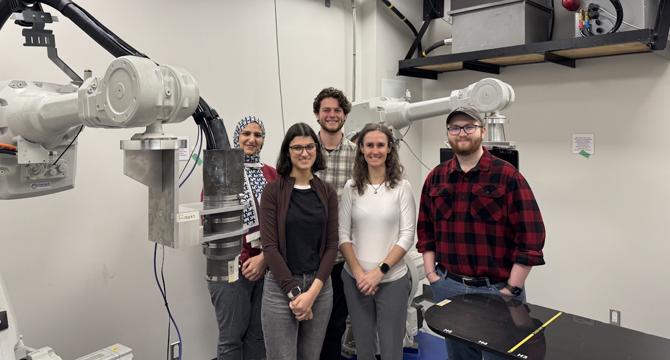Physicsworld
4w
143

Image Credit: Physicsworld
Dual-robot radiotherapy system designed to reduce the cost of cancer treatment
- Researchers at the University of Victoria are developing a low-cost radiotherapy system called KOALA for low- and middle-income countries and remote regions.
- KOALA is designed to optimize and deliver radiation treatments in a single session using a dual-robot system.
- Initial testing showed promising results with good agreement on dosimetric tests and X-ray spectra.
- The system aims to reduce costs by using low-energy kilovoltage X-rays and innovative designs for components like the iris collimator.
- KOALA demonstrated excellent geometrical accuracy and is being further refined for clinical commercialization.
- The team is working on improving CBCT imaging quality, developing quality assurance protocols, and collaborating with veterinarians to test the system on dogs with cancer.
- The goal is to make cancer treatment more accessible, especially in low-resource settings where conventional radiotherapy may be insufficient.
- The collaborative effort involves researchers, medical device manufacturers, and industrial partners to bring the system to fruition.
- By utilizing kilovoltage X-rays and cost-effective designs, the KOALA system presents a more affordable alternative to conventional radiotherapy.
- The team's focus is on not only cost reduction but also enhancing treatment capabilities for a wider population in need.
- The potential of the system lies in its ability to provide effective cancer treatment where resources are limited and conventional options are not readily available.
Read Full Article
8 Likes
For uninterrupted reading, download the app